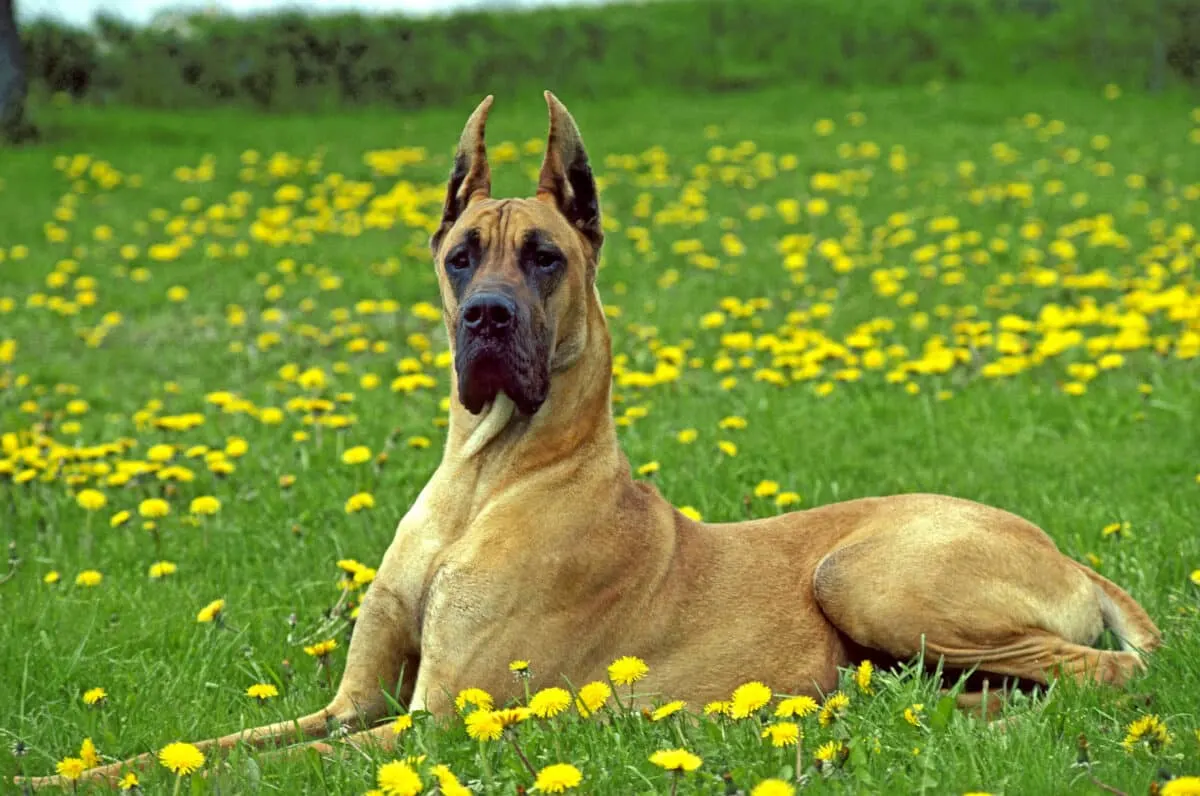In the realm of canine magnificence, the Mastiff stands as a colossal giant, earning the title of the largest dog breed in the world. Renowned for their imposing stature and gentle demeanor, these majestic dogs have captured the hearts of many dog enthusiasts. In this article, we’ll delve into the fascinating world of Mastiffs, exploring their impressive dimensions, origins, dietary needs, and more.
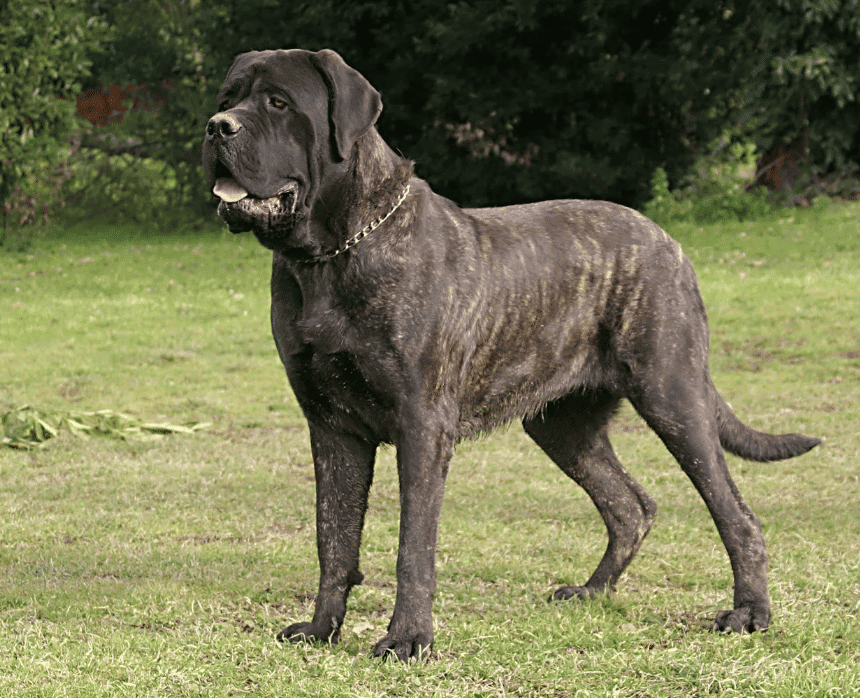
Size Matters:
Mastiffs are undeniably the behemoths of the dog world. On average, males can reach a height of 30 inches at the shoulder and weigh between 160 to 230 pounds, while females are slightly smaller, standing at around 27.5 inches and weighing between 120 to 170 pounds. Their sheer mass and robust build make them stand head and shoulders above many other dog breeds.
Mastiffs Compared with Other Giant Breeds:
When it comes to size, Mastiffs surpass a multitude of other large dog breeds. They tower over famous giants like the Great Dane, Saint Bernard, and even the Newfoundland. The Mastiff’s combination of height, weight, and muscularity makes it a true titan among canines, and its regal presence is a testament to its dominance in the world of giant breeds.
Breed Origins:
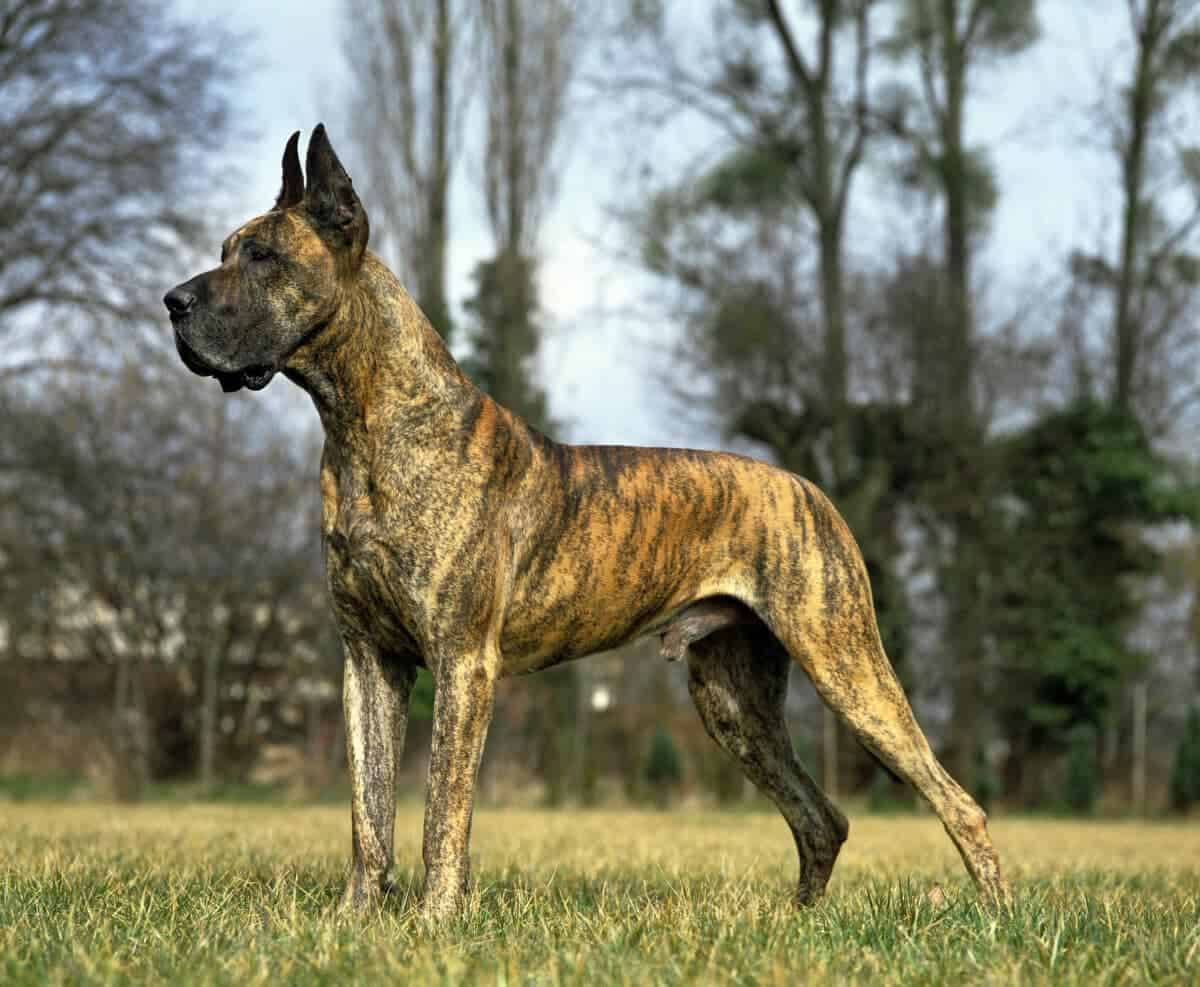
The history of Mastiffs dates back thousands of years, with their roots embedded in ancient civilizations. The breed is believed to have originated in Asia, making its way through Europe and eventually arriving in Britain. Initially bred for various purposes, they were used for guarding estates, hunting large game, and even participating in gladiator-like battles. Over time, their gentle temperament and loyalty endeared them to families, transforming them into beloved companions.
Dietary Requirements:
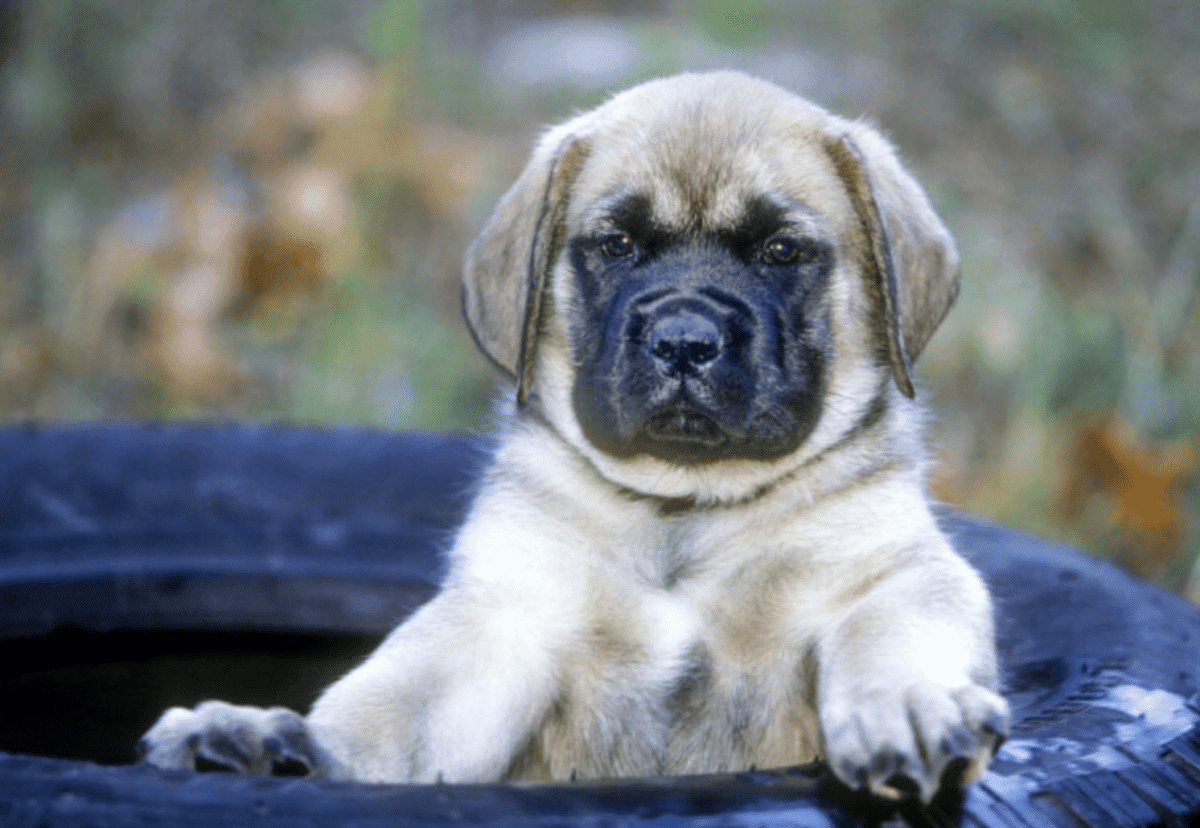
Given their substantial size, Mastiffs have unique dietary needs. A balanced diet is crucial to maintaining their health and vitality. High-quality, protein-rich dog food is essential, coupled with supplements to support joint health. Owners must be mindful of portion control to prevent obesity, a common concern for large breeds. Regular veterinary check-ups and consultations with nutritionists are recommended to tailor a diet that meets the specific needs of Mastiffs.
Breeders and Environments:
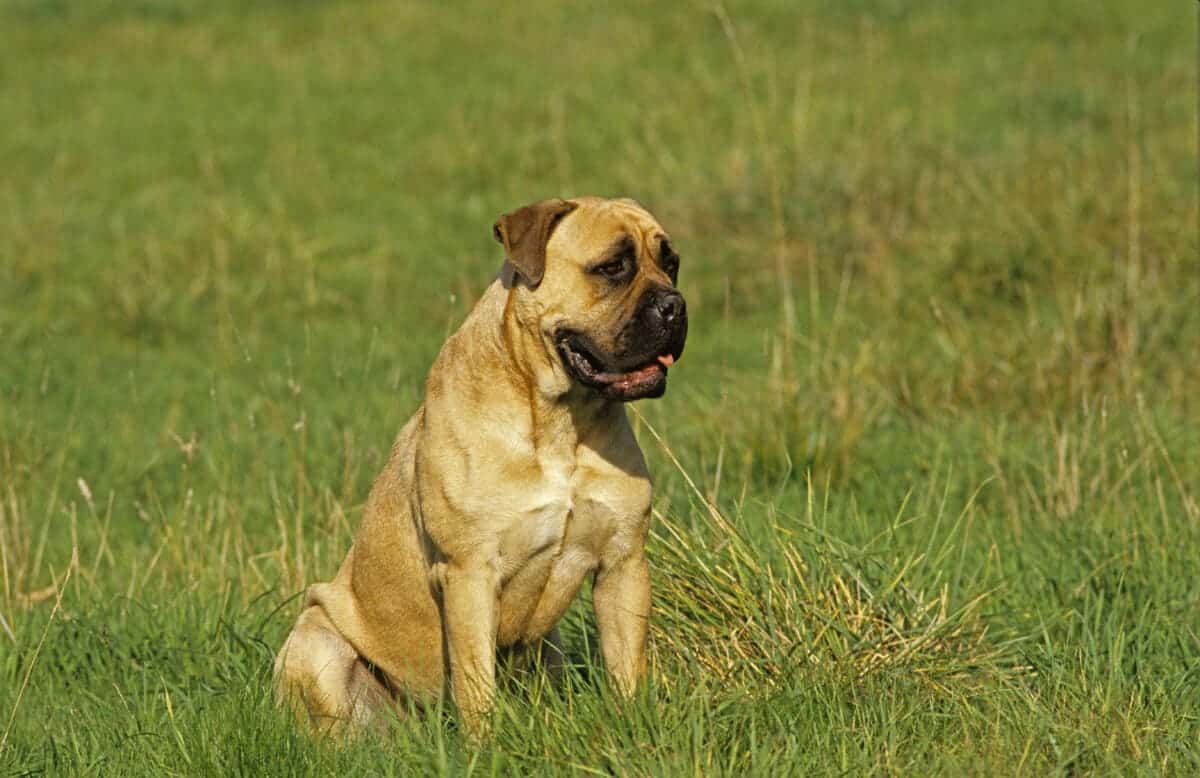
Mastiffs are bred worldwide, with reputable breeders ensuring the preservation of their distinct characteristics. The United Kingdom, the United States, and various European countries have long-standing traditions of Mastiff breeding. Responsible breeders focus on maintaining the breed’s health, temperament, and adherence to breed standards. Potential Mastiff owners should seek out trustworthy breeders who prioritize the well-being of the dogs.
Life Expectancy of Mastiffs:
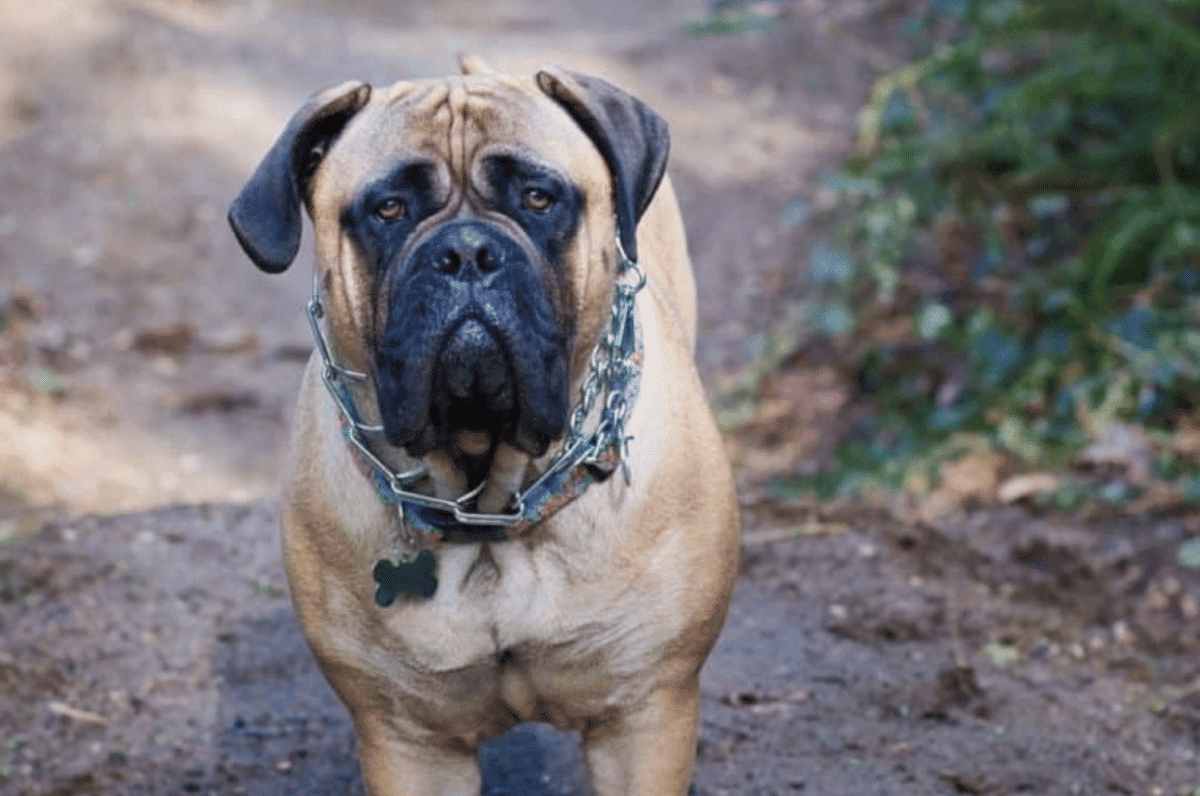
Despite their enormous size, they have a relatively shorter lifespan compared to smaller breeds. On average, Mastiffs live between 6 to 10 years. Like many large dogs, they are prone to certain health issues such as hip dysplasia, heart problems, and joint ailments. Regular exercise, a nutritious diet, and attentive veterinary care can contribute to a longer and healthier life for these gentle giants.
Join our Forum for free today!

- Second American Killed by Elephant in Zambia This Year - July 22, 2024
- Elderly Man Kills Grizzly Bear in Montana - July 22, 2024
- Missing Cat Found Weeks Later, 40 Miles Away - July 21, 2024

